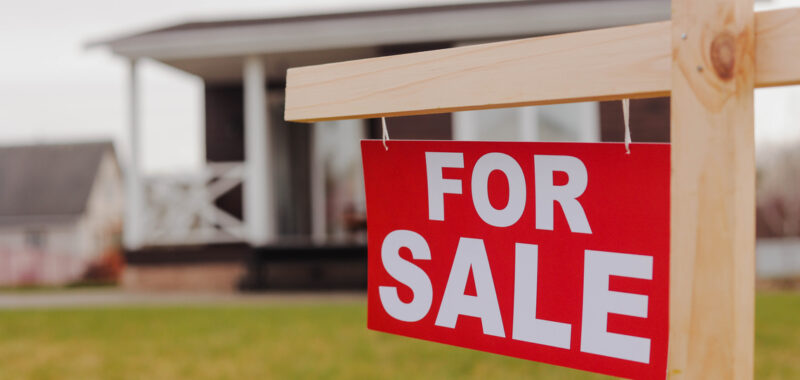During March 2025, new single-family home sales were at a seasonally adjusted annual rate of 724,000. Per the latest findings from the U.S. Census Bureau and Department of Housing and Urban Development (HUD), sales were up 7.4% month-over-month and 6% year-over-year.
Since the beginning of 2025, new single-family home sales have see-sawed from increases to decreases. Coming off of December 2024 showing the highest new-home sale numbers since 2021, January 2025’s new-home sales were reported at a 10.5% drop. Then, new-home sales increased again in February 2025, a trend that continued in March.
National Association of REALTORS® (NAR) Chief Economist Lawrence Yun said in a press release that, “the homebuilders’ focus on smaller-sized homes is also attracting buyers.” He further contrasted positive signs of new-home sales with the struggles of the existing home market.
While mortgage rates are down, they remain “stubborn” and “elevated” at around 6%, Yun noted, which disincentivizes current homeowners paying lower rates from moving. As inventory goes up over time, “life-changing events (will) force some homeowners to give up their locked-in low mortgage rates,” Yun said.
Cotality (formerly CoreLogic) Chief Economist Selma Hepp was more cautious in her statement about the new-home sales data.
“While home sales are showing a seasonal uptick, they are weaker than expected and continue to trend below 2024 levels despite new for-sale inventory reaching the highest level since 2009,” said Hepp. “Many markets with growing new inventories have also experienced a significant rise in existing inventories and weakening overall demand.”
Hepp said that these conditions will challenge homebuilders’ pricing power, creating a need for further incentives. Hepp added that, alongside mortgage rates (which she stated are “likely to remain volatile and elevated”), homebuilders are facing potential cost upticks from tariffs and rising labor costs.
Inventory also showed improvements. The report estimated that there are 503,000 new homes for sale as of March 2025. This is 0.6% higher than in February 2025, and also 7.9% higher than in March 2024. Between current inventory and sales rate, supply is estimated at 8.3 months. This is slightly lower than the estimated supply for February (8.9 months), but higher than the estimation for March 2024 (8.2 months).
As new-home sales went up, median prices trickled down. In March 2025, median sales prices of new homes clocked in at $403,600, 1.9% lower than in February ($411,500) and 7.5% below March 2024 ($436,000).
National Association of Home Builders (NAHB) Chief Economist Robert Dietz added in another press release that declining mortgage rates help spur sales, too. “In February, the average 30-year fixed-rate mortgage was 6.84%, while in March it fell to 6.65%,” said Dietz.
Buddy Hughes, chairman of the NAHB, said in the association’s press release that “an increase in economic certainty would be a big boost to future sales conditions.”
Regional breakdown
The majority of new privately-owned single-family homes sold in the U.S. during March 2025 were located in the South. Out of the 724,000 total, 483,000 of these homes were found in the South. The West was the next highest, with 144,000 homes sold during March 2025 being located there.
The Midwest and Northeast saw much lower home sales, posting 69,000 and 28,000 sold during March 2025, respectively.
In a press release, Realtor.com® Chief Economist Joel Berner pointed to the regional disparities (with the Northeast seeing a drop in sales of 22.2% from last month, and 33.3% from last year), saying that “the slowdown in new-home sales (in the Northeast) is unwelcome news.”
For the full new-home sales report, click here.

